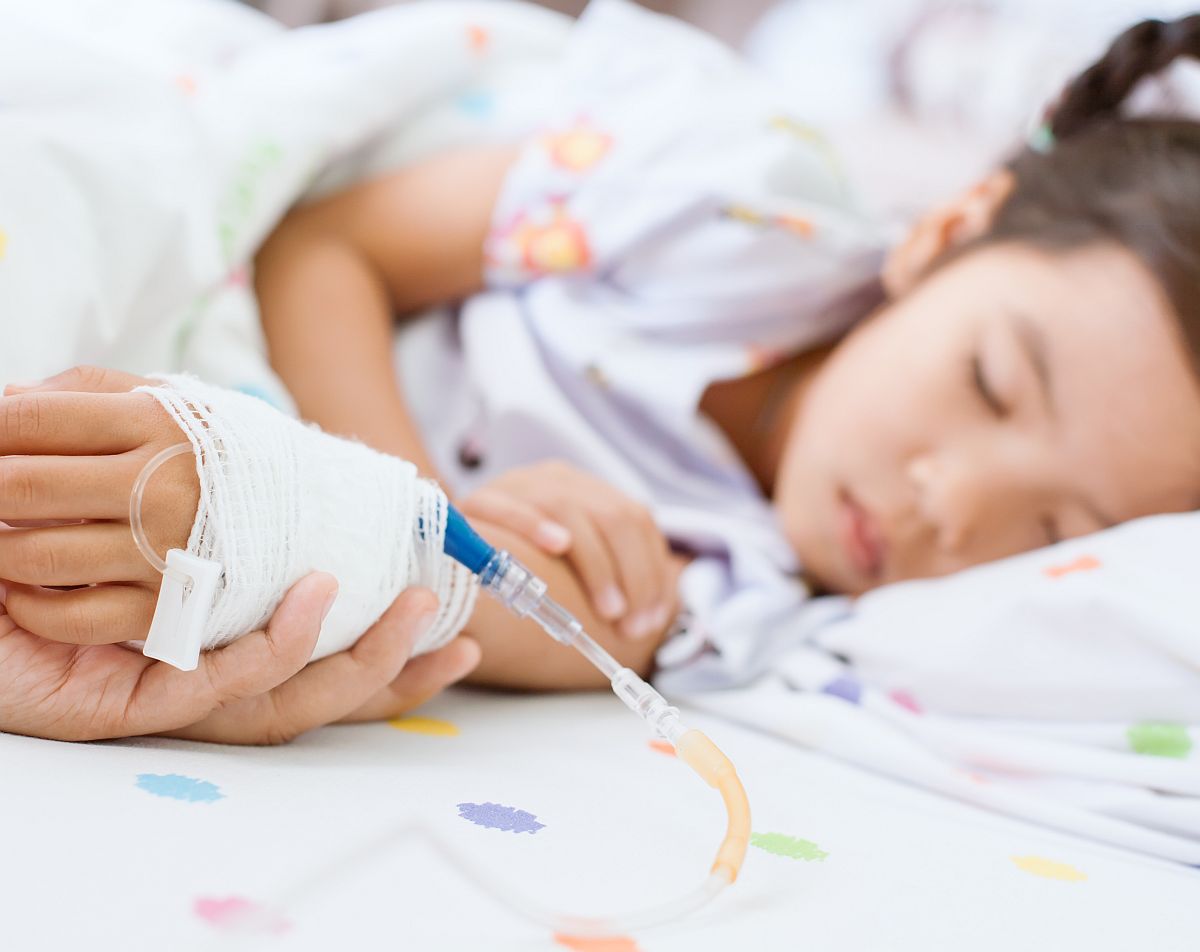
Juvenile Idiopathic Arthritis (JIA)
Juvenile Idiopathic Arthritis (JIA), formerly known as Juvenile Rheumatoid Arthritis (JRA), is a chronic autoimmune condition that causes joint inflammation and stiffness in children under the age of 16. It is the most common form of arthritis in children. Here’s an overview of JIA, including symptoms, diagnosis, treatment, prevention, and common questions:
Symptoms:
Children with Juvenile Idiopathic Arthritis may experience a variety of symptoms, which can vary in severity and may include:
- Joint pain and swelling, especially in the knees, hands, and feet
- Stiffness, particularly in the morning or after periods of inactivity
- Warmth and redness around affected joints
- Limited range of motion or difficulty moving joints
- Fatigue and irritability
- Fever and rash (in some cases)
Diagnosis:
Diagnosing Juvenile Idiopathic Arthritis involves a combination of medical history review, physical examination, laboratory tests, and imaging studies. Diagnostic criteria may include:
- Presence of arthritis symptoms lasting at least six weeks
- Exclusion of other causes of childhood arthritis, such as infection or injury
- Positive findings on blood tests, including elevated markers of inflammation (e.g., erythrocyte sedimentation rate, C-reactive protein)
- Imaging studies (X-rays, ultrasound, MRI) to assess joint damage and inflammation
Treatment:
Treatment for Juvenile Idiopathic Arthritis aims to control symptoms, prevent joint damage, and improve quality of life. This may include:
- Nonsteroidal anti-inflammatory drugs (NSAIDs) to reduce pain and inflammation
- Disease-modifying antirheumatic drugs (DMARDs) to slow disease progression and preserve joint function
- Biologic therapies, such as tumor necrosis factor (TNF) inhibitors, to target specific immune system proteins involved in inflammation
- Corticosteroids to quickly reduce inflammation during flare-ups
- Physical therapy and occupational therapy to maintain joint flexibility, strength, and function
- Lifestyle modifications, including regular exercise and joint protection techniques
- Assistive devices (splints, orthotics) to support and protect affected joints
Prevention:
While the exact cause of Juvenile Idiopathic Arthritis is unknown and cannot be prevented, early diagnosis and appropriate treatment can help manage symptoms and prevent long-term complications. Regular medical monitoring and adherence to treatment plans are essential for optimal disease management.
FAQs
Is Juvenile Idiopathic Arthritis the same as adult rheumatoid arthritis?
Juvenile Idiopathic Arthritis is similar to adult rheumatoid arthritis but occurs in children. Both conditions involve chronic joint inflammation and autoimmune processes.
Can children outgrow Juvenile Idiopathic Arthritis?
Some children may experience periods of remission where symptoms improve or disappear, but JIA can persist into adulthood for many individuals.
What are the potential complications of Juvenile Idiopathic Arthritis?
Complications may include joint damage, growth problems, eye inflammation (uveitis), osteoporosis, and emotional challenges due to chronic illness.
How does Juvenile Idiopathic Arthritis affect daily life for children and families?
JIA can impact physical activities, school attendance, social interactions, and emotional well-being. It requires ongoing management and support from healthcare providers, educators, and family members.
Are there support resources available for children and families affected by Juvenile Idiopathic Arthritis?
Yes, organizations such as the Arthritis Foundation and local support groups provide information, resources, and community connections for individuals living with JIA and their families.
By raising awareness and understanding of Juvenile Idiopathic Arthritis, we can improve early detection, prompt treatment, and overall outcomes for children affected by this condition.
Pediatrics Conditions
- Asthma
- Attention-Deficit/Hyperactivity Disorder (ADHD)
- Autism Spectrum Disorder (ASD)
- Chickenpox
- Cystic Fibrosis
- Developmental Delays
- Developmental Screenings
- Diabetes
- Down Syndrome
- Ear Infections
- Failure to Thrive
- Gastroenteritis
- Growth Monitoring
- Immunizations
- Juvenile Idiopathic Arthritis (JIA)
- Measles
- Mumps
- Muscular Dystrophy
- Neonatal Jaundice
- Nutritional Deficiencies
- Pediatric Obesity
- Pediatric Allergies
- Prematurity
- Respiratory Distress Syndrome (RDS)
- Rubella
- Sickle Cell Disease
- Upper Respiratory Infections
- Urinary Tract Infections (UTIs)
- Well-Baby Checkups




